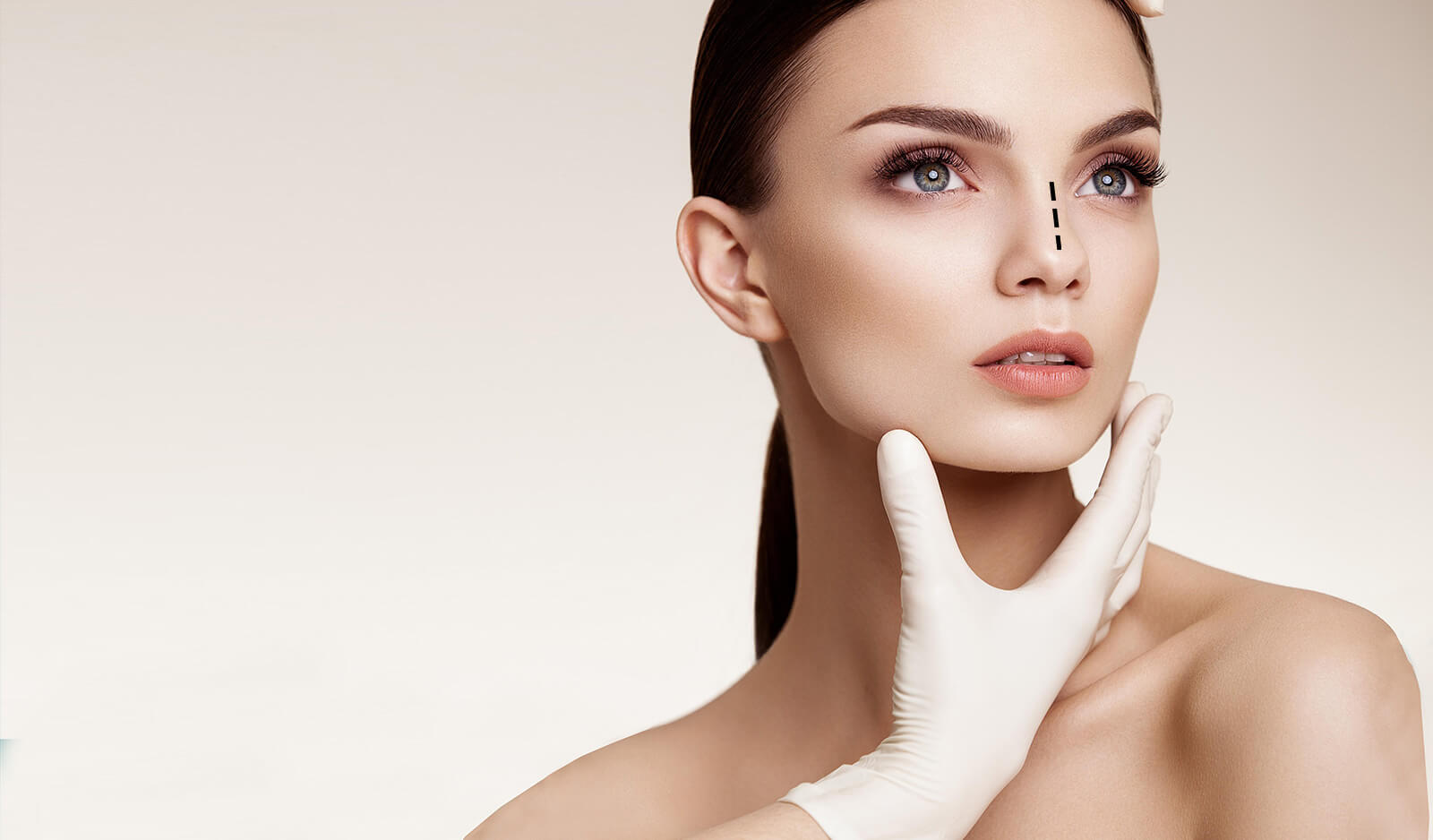Plastic surgery has gained immense popularity over the years, offering individuals the chance to enhance their appearance, correct deformities, or even restore function after injury or illness. While the advancements in medical technology have made many procedures safer than ever, the question of safety remains paramount for potential patients. In this blog, we will explore various plastic surgery options and identify what is considered the safest among them.
Understanding Plastic Surgery
Plastic surgery is broadly categorized into two main types: reconstructive surgery and cosmetic surgery. Reconstructive surgery focuses on restoring form and function to the body after trauma, disease, or congenital defects. Cosmetic surgery, on the other hand, aims to improve aesthetic appearance. Both types come with their own sets of risks and benefits.
When it comes to safety, certain procedures are generally considered less invasive and carry lower risks of complications. These include minimally invasive surgeries, which often result in less pain, quicker recovery times, and minimal scarring.
The Safest Options
- Botox and Dermal Fillers One of the safest options in plastic surgery is the use of Botox and dermal fillers. These non-surgical treatments can smooth wrinkles and restore volume to the face. They are minimally invasive and generally have few side effects. However, it is crucial to ensure that these treatments are administered by qualified professionals to minimize risks.
- Laser Treatments Laser treatments for skin resurfacing, hair removal, and tattoo removal are also considered safe when performed by trained specialists. These procedures have minimal downtime and can significantly improve skin texture and appearance. Patients should discuss their skin type and any potential complications with their dermatologist beforehand.
- Rhinoplasty (Nasal Surgery) Rhinoplasty, or nose reshaping, can be safe when performed by an experienced plastic surgeon. While it is a more invasive procedure compared to Botox or fillers, the risks can be minimized with proper planning and technique. Patients should ensure they choose a board-certified surgeon who specializes in this procedure.
- Eyelid Surgery (Blepharoplasty) Eyelid surgery is another procedure that is generally safe and effective. It can improve the appearance of drooping eyelids and is often performed under local anesthesia. As with any surgery, complications are possible, but they are relatively rare when performed by skilled professionals.
- Breast Augmentation Breast augmentation can be considered safe when using FDA-approved implants and performed by a certified plastic surgeon. While it involves more recovery time than non-invasive procedures, many women report high satisfaction rates. Patients should be informed about the potential risks and the importance of follow-up care.
- Liposuction Liposuction, although more invasive, is considered safe when performed by experienced surgeons in a controlled environment. It’s essential for patients to maintain realistic expectations and understand that liposuction is not a weight-loss solution but a body contouring technique.
The Role of the Clinic
When considering any plastic surgery, the choice of clinic is crucial. A reputable clinic like Royal Cosmetic Surgery Clinic PK employs qualified and experienced medical professionals, which significantly enhances patient safety. At this clinic, advanced technology and stringent safety protocols are in place to ensure that all procedures are conducted with the highest standards of care.
Choosing a clinic that prioritizes patient education and comprehensive pre-operative assessments can also contribute to the overall safety of the procedure. Before undergoing surgery, patients should discuss their medical history, current medications, and any concerns with their surgeon.
Important Considerations
While certain procedures may be considered safer than others, it is essential to recognize that all surgeries come with inherent risks. Common complications can include infection, scarring, and anesthesia-related issues. Patients must undergo a thorough consultation and possibly pre-operative tests to assess their candidacy for the procedure.
Additionally, maintaining realistic expectations is vital. Understanding the potential outcomes and recovery process can help patients make informed decisions about their surgery. It is also crucial to follow post-operative care instructions to minimize risks.
Conclusion
In summary, the safest plastic surgery options are often those that are less invasive and performed by qualified professionals in a reputable clinic. Non-surgical treatments like Botox and laser therapies, as well as carefully performed surgeries like rhinoplasty and eyelid surgery, can provide satisfying results with minimal risks. Ultimately, the key to a safe plastic surgery experience lies in thorough research, choosing the right clinic, and open communication with your surgeon.
If you’re considering plastic surgery, consult with professionals who prioritize your safety and well-being.
